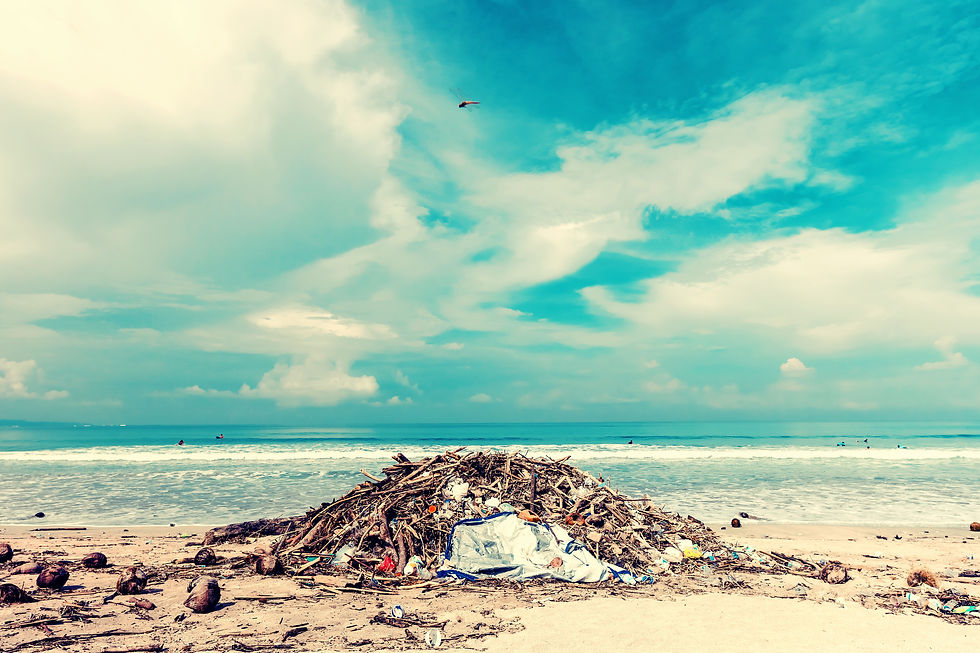
An uninhabited island in the South Atlantic Ocean is experiencing high levels of stranded debris that likely comes from Chinese merchant ships, a study published in September this year indicates.
During the last 3 decades, plastic drink bottles have shown the fastest growth rate of all debris types on remote Inaccessible Island, which is part of the Tristan da Cunha volcanic island group.
During the 1980s, most bottles drifted to the island from South America.
Currently, 75% of bottles are from Asia, with most from China, according to the study published by PNAS.
“The recent manufacture dates indicate that few bottles could have drifted from Asia, and presumably are dumped from ships, in contravention of International Convention for the Prevention of Pollution from Ships regulations,” the authors of the report stated.
“Most plastic debris floating at sea is thought to come from land-based sources, but there is little direct evidence to support this assumption.”
In the 1980s, two-thirds of bottles derived from South America carried 3,000 km by the west wind drift.
By 2009, Asia had surpassed South America as the major source of bottles, and by 2018, Asian bottles comprised 73% of accumulated and 83% of newly arrived bottles, with most made in China.
The majority of the bottles were date-stamped within 2 years of stranding, it was further noted.
“The rapid growth in Asian debris, mainly from China, coupled with the recent manufacture of these items, indicates that ships are responsible for most of the bottles floating in the central South Atlantic Ocean, in contravention of International Convention for the Prevention of Pollution from Ships regulations,” the report said.
“It’s inescapable that it’s from ships, and it’s not coming from land,” Peter Ryan, one of the authors of the study, told AFP.
“A certain sector of the merchant fleet seems to be doing that, and it seems to be largely an Asian one.”
via WMN
.png)
Comments